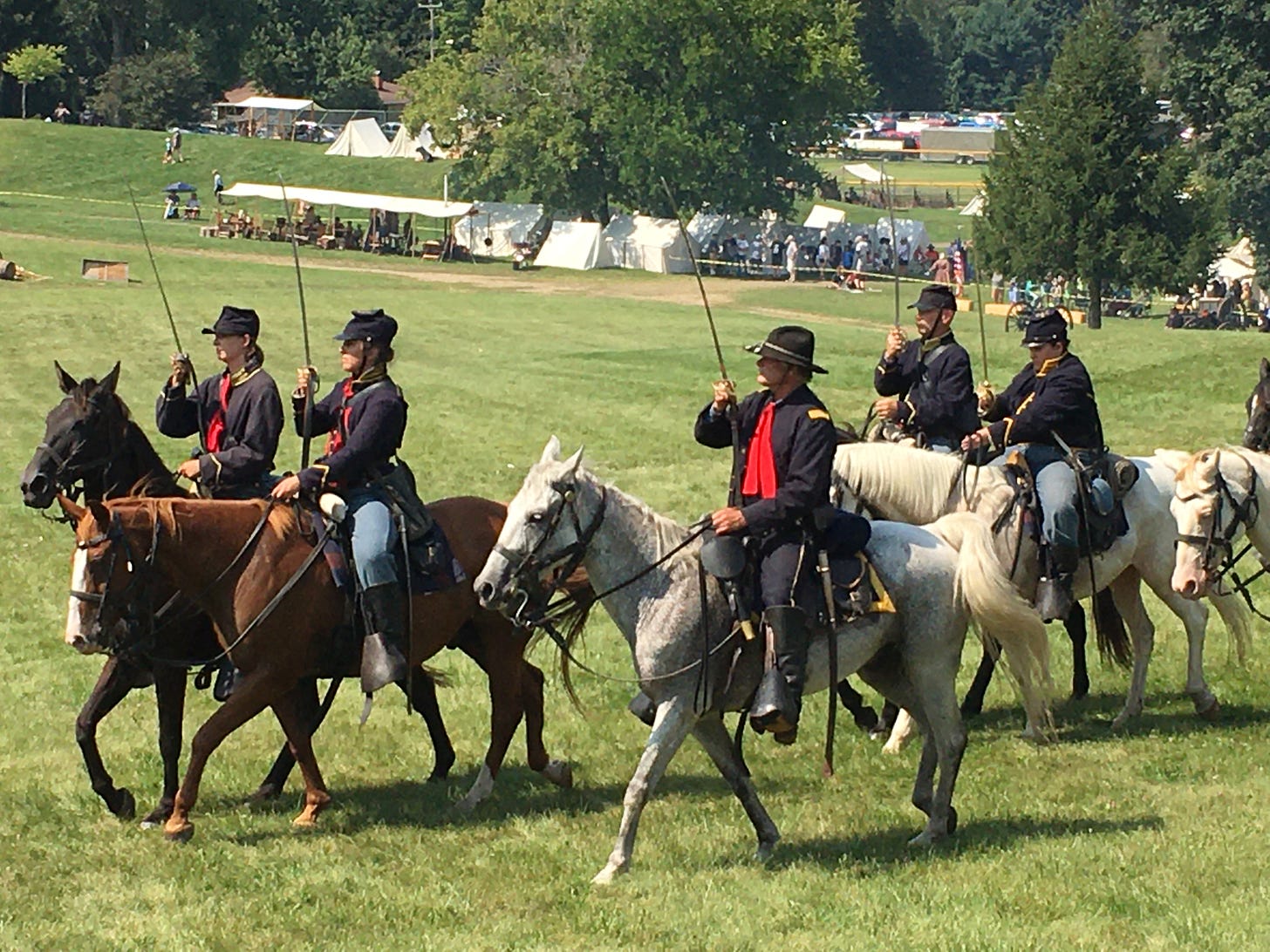This past Saturday, 24 August 2024, I went to the Jackson Civil War Muster. This event, held annually since 1986, is “the largest, longest running Civil War event in the Midwest”, according to its organizers. The main attraction is a reenactment of a battle.
August 24 is also the feast of St. Bartholomew. I imagine that for most people who read this, what comes to mind when I bring up St. Bartholomew’s Day is not the eponymous saint but the eponymous massacre.
A few years ago I read Christendom Destroyed: Europe 1517 - 1648, by Mark Greengrass, and The French Wars of Religion, 1562 - 1629, by Mack P. Holt. These books cover a period of enormous and comprehensive change, much of which was brought about through devastating violence. The medieval idea of Christendom was dissolved and replaced by the early modern idea of Europe, and with it a very different kind of civilization. 1517 is the year Martin Luther published his 95 theses. 1648 is the year of the Treaty of Westphalia, which ended the 30 Years’ War. Between 1562 and 1629, French Catholics and Protestants fought eight civil wars.

After reading these books, I felt I understood this period even less than I did before I read them. This is not because of any deficiency of the authors, but because of the number and complexity of the factors, actors, and interactions involved in this transformation — the Reformation and Counter-Reformation, the rise of the middle class, nascent capitalism and nationalism, the waning of feudalism, the Renaissance and humanism, the Scientific Revolution, the Age of Discovery, dynastic machinations, technological changes, polities ranging from Italian city-states and German micro-principalities on up to empires, not to mention the parts played by specific kings, popes, statesmen, reformers, and others.
Holt’s book focuses on France rather than all of Europe, but with this topic, as with fractal art, zooming in on one area reveals just as much complexity as one sees when zooming out. Holt’s thesis is that the French Wars of Religion really were about religion, i.e., they were not reducible to conflicts between classes or other elements, nor was religion merely a pretext used to disguise other aims of the combatants. But he circumscribes what he means by “religion”:
What this book will propose is that the French Wars of Religion were fought primarily over the issue of religion as defined in contemporary terms: as a body of believers rather than the more modern definition of a body of beliefs. Thus, the emphasis here is on the social rather than the theological. In these terms, Protestants and Catholics alike in the sixteenth century each viewed the other as pollutants of their own particular notion of the body social, as threats to their conception of ordered society. […] the resulting clash was one of cultures as much as theologies.
[…] I am not implying that political, economic, intellectual, or even other social factors ought to be left out. […] My point is that there was a religious foundation to sixteenth-century French society that was shared by elites and popular classes alike, and it was the contestation of this essential religious fabric of both the body social and the body politic that led to the French civil wars taking the shape they did. (pp2-3)
~ ~ ~
Ok, this post got away from me. I wanted to say something about the current polarization in the US and make some historical comparisons, but after going down several rabbit holes I decided I couldn’t say it any better than I did in an earlier post, “What Is and Is Not a Militia”:
The Civil War killed over 620,000 Americans out of a population of 31,443,321 (1860 census). Anyone who considers another civil war a live option is either a traitor, a psychopath, a dupe of foreign provocateurs, or is cognitively impaired.
To which I will add just one historical comparison: compared to the civil wars of other nations, the US got off lightly.



